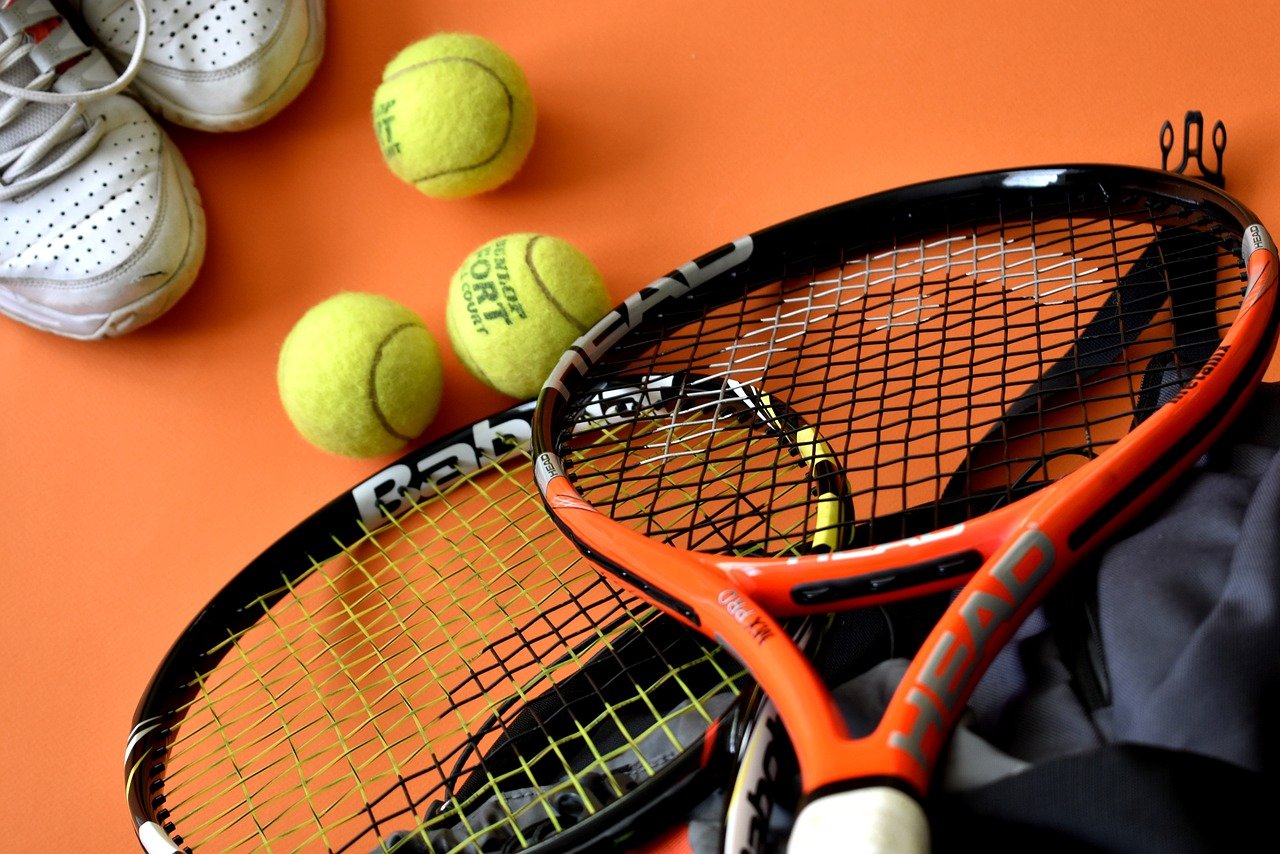Nothing is more important to your tennis game than your racket. A good tennis racket that suits your preferences and playing style can significantly boost your game, while the wrong racket can let you down when you least expect it. To make sure you choose the right tennis racket for you, here are six of the most important features you need to consider:
1. Head size
When you’re choosing the head size of your racket, remember that a larger head size will offer more power, while a smaller head size will give you more control. For the most part, larger head sizes are best for beginner players—the power boost you get from the bigger head can help you while you’re still developing your swing, and the larger surface area offers a larger sweet spot, which makes it easier to hit the ball well even if you connect with it off-center.
Smaller head sizes, on the other hand, are usually better suited to more experienced players who have already developed a powerful, clean stroke and are instead looking for more control and precision.
2. Weight
Just like head size, weight is another important factor that determines whether your racket will offer you more power or more control. With a heavier racket, there is more mass behind the ball, which increases the power of your hit and provides a more stable feel. In contrast, a lighter racket is typically easier to maneuver and control, which can allow you to position the racket more quickly and generate more spin.
Some experts recommend a lighter racket if you play a lot of doubles tennis, as you’re usually spending more time at the net, and a heavier racket for singles tennis, when you’re more often hitting the ball through the court. Keep in mind that most manufacturers offer the same racket in a range of weights, so if a racket you like is too heavy or too light, you can always ask if there are other weights available. Finally, don’t forget that it’s always possible to add weight to a lighter racket.
3. Length
Rackets range in length from 26.5 to 29 inches, though 27 is the standard and 29 is the official maximum length for tournament play. The advantage of a longer racket is that you can get extra reach on your groundstrokes and more leverage on your serves while also enjoying more power. The tradeoff, however, is a higher swing weight, which can make the longer racket more difficult to control. Shorter rackets can be a better fit for players who want more control or who are smaller in size themselves.
4. Balance
When it comes to racket balance, there are three main options to choose from. A head light racket has more of its weight located at the handle end of the racket; a head heavy racket has more mass at the head end; and an even balanced racket has its mass distributed relatively evenly throughout the racket.
Head light rackets are the most common, as they allow the racket to feel maneuverable even if it’s heavy. Head heavy rackets, on the other hand, can offer more power while being lighter in weight overall. Finally, an even balanced racket attempts to offer the best of both worlds: a blend of stability and maneuverability at an average overall racket weight.
5. Stiffness.
Frame stiffness refers to how much a frame flexes or deflects during direct contact with the ball. This matters because the more a frame flexes, the more energy it absorbs from the ball, which results in less available power for your stroke. However, this doesn’t mean that a stiffer racket is therefore the obvious choice. You do retain more energy and power when you play with a stiffer racket, but as a tradeoff, your hand and arm receive more impact shock from hits than they would with a more flexible racket.
6. Grip size
The grip size is the only part of the racket that you physically touch, and as such it has a major impact on your performance. Rackets are available with a wide range of grip sizes, and the best way to choose the right size for you is to test out different sizes on the court and see which one you prefer.
You can also use the following method to determine a suitable grip size: hold the racket in a forehand grip and note how big the gap is between your fingers and your palm. Ideally, you’re looking for a distance roughly the width of a finger or a pencil. If in doubt, choose a racket with a smaller grip size than you think you’ll need, as you can always add additional grips (called “overgrips”) later. In fact, it can be a good idea to use overgrips as a matter of course because you can regularly replace them as they wear out, ensuring your grip will always be fresh.

Sorry, comments are closed for this post.